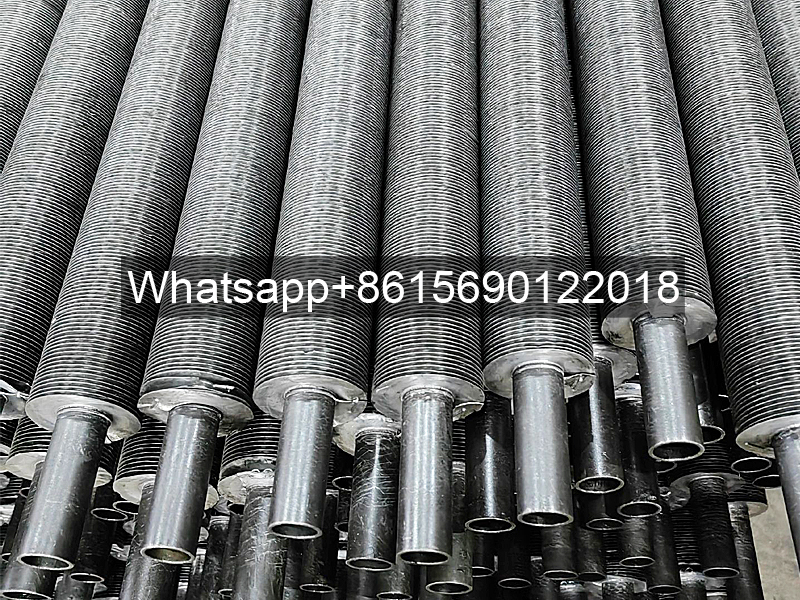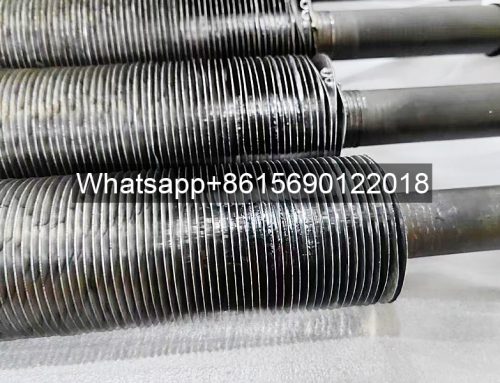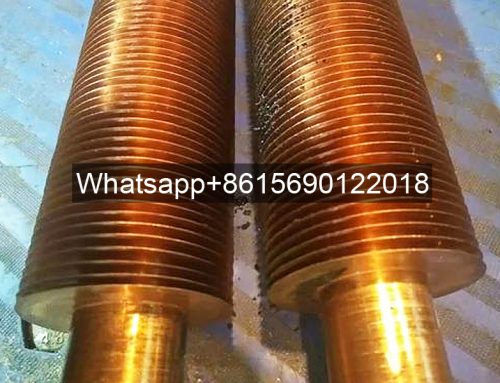Project Description

- Product Name: SA179 Tube Aluminum Fin 1060 Embeded Fin Tube
- Leave Your Message
What is an embedded fin tube?
1. Definition and structure of embedded fin tube
An embedded fin tube is a heat transfer element that is tightly embedded in the outer wall of the base tube by machining. Its core feature is that the fins are spirally wound to form a continuous turbulent channel. The typical structure includes three parts:
1. Base tube: mostly carbon steel, stainless steel or copper tube, with a diameter range of 20-150mm and a pressure bearing capacity of up to 10MPa;
2. Fins: commonly used aluminum, copper or steel strips, with a thickness of 0.2-1.5mm and a fin height of 5-20mm (refer to “Heat Exchanger Design Manual” GB/T 151-2014);
3. Embedding process: The root of the fin is embedded in the groove on the surface of the base tube by rolling or cold rolling, and the bonding strength is ≥15MPa (ASTM B88 standard).
2. Working principle and performance advantages of inlaid finned tubes
1. Enhanced heat transfer mechanism: spiral fins improve efficiency in the following ways:
– Increase heat exchange area by 3-8 times (compared to light tubes);
– The spiral structure induces fluid turbulence, and the heat transfer coefficient can reach 2-3 times that of light tubes (data source: “Engineering Heat Transfer” sixth edition);
2. Corrosion resistance and shock resistance: The inlay process avoids the heat affected zone of welding, and the service life is extended to 15-20 years (chemical equipment case verification);
3. Low maintenance cost: There are no welding points between the fins and the base tube, which is not easy to accumulate dust, and the cleaning cycle is extended by 30%.
3. Comparison of typical application scenarios
| Field | Operating Conditions | Advantages |
|---|---|---|
| Power Plant Boiler | Flue Gas Temperature 400-600℃ | High-temperature deformation resistance, heat exchange efficiency increased by 40% |
| Petrochemical Industry | Corrosive Media (e.g., H2S) | Anti-corrosion combination of stainless steel base tube + aluminum fins |
| Air Conditioning Condenser | Low Temperature Difference (5-10℃) | Spiral structure to optimize air-side flow field |
4. Key parameter guide for embedded fin tube selection
Users need to pay attention to:
1. Fin density: 80-200 fins per meter. Too high will lead to increased pressure drop;
2. Pitch: 15-30mm is recommended, which affects the degree of fluid disturbance;
3. Material matching: For example, in the chemical industry, 316L stainless steel + titanium fin combination is preferred.





